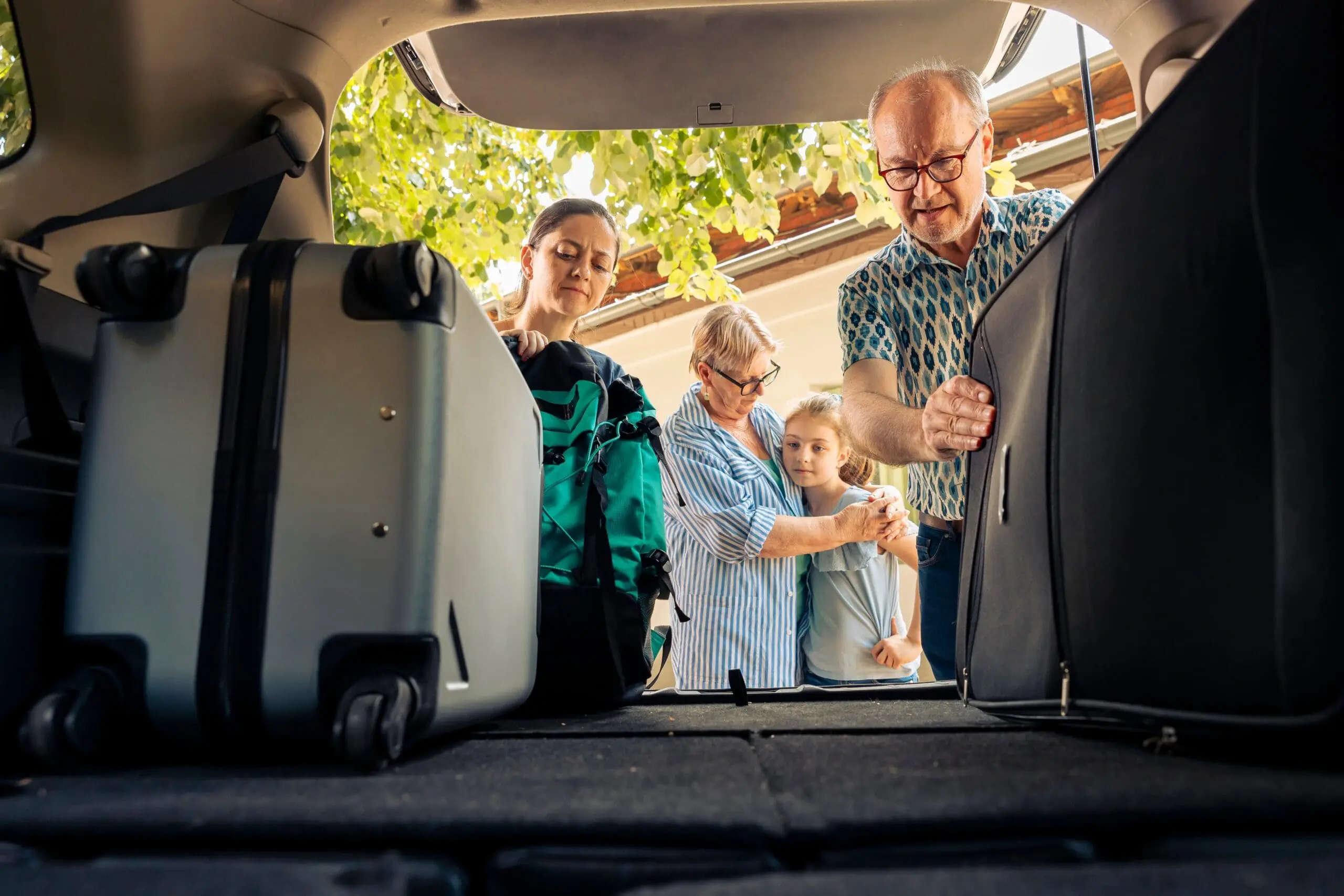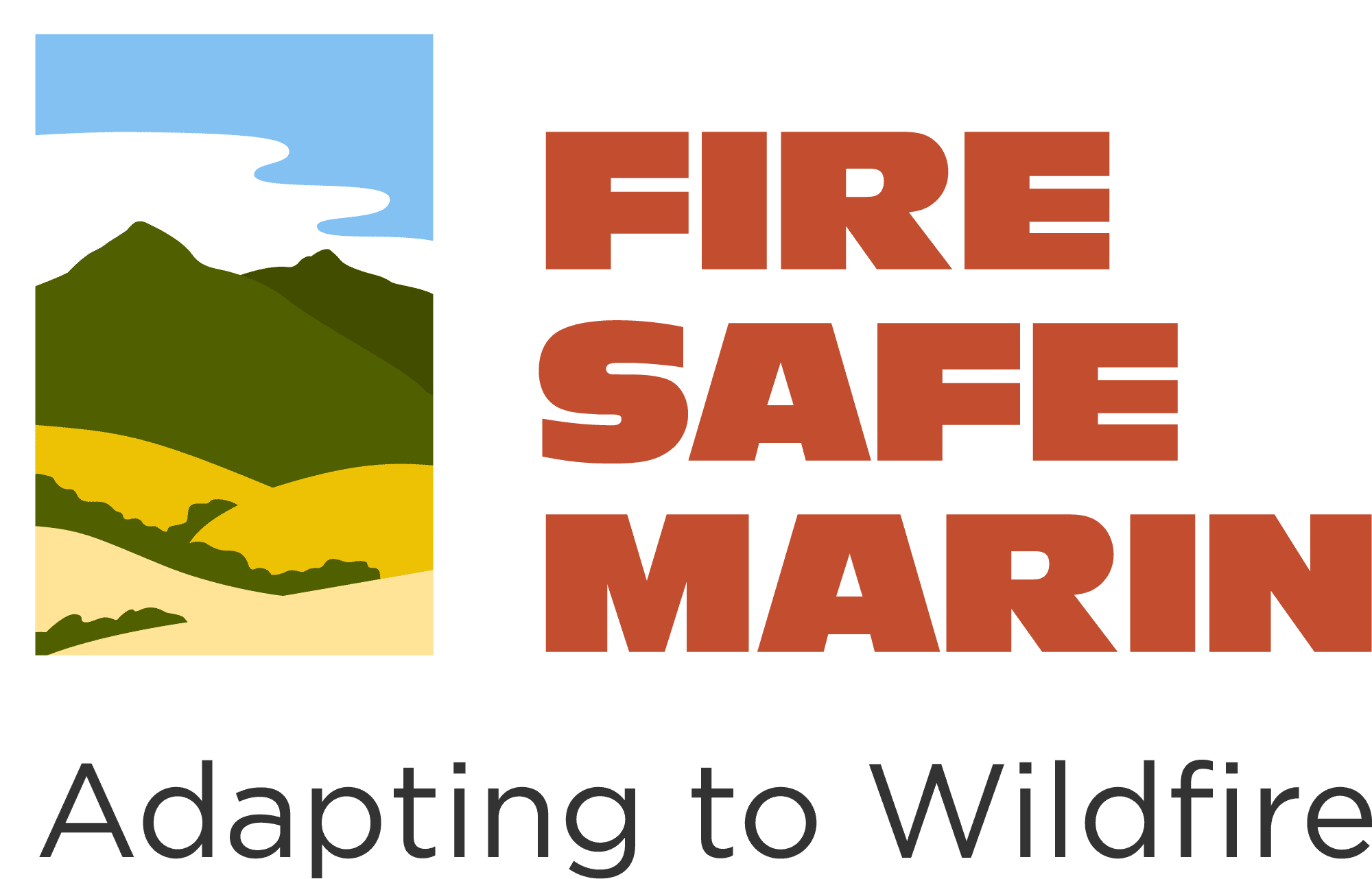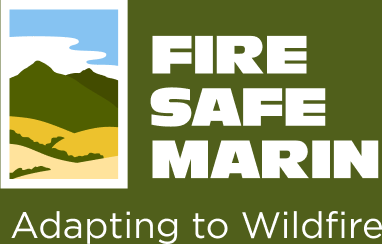IN THE EVENT OF AN EMERGENCY THIS SITE IS NOT MONITORED. FOR CURRENT INFORMATION GO TO HTTPS://EMERGENCY.MARINCOUNTY.GOV.
Evacuation Planning and Checklists
What will you do if you must immediately evacuate your home?
What if you have one hour to prepare?
What if you are under an evacuation warning that could last for days?
Each one of us will answer these questions differently. That is why we need to make a personalized evacuation plan.
What to Include in Your Evacuation Plan
- How will you be notified?
Sign up for emergency alerts and warnings @ AlertMarin.org.
- Where will you go?
Head downhill, away from the fire. Usually the fastest way to a main road is the best route. Don’t use fire roads and follow directions from emergency responders to safety. You may be directed to a temporary area of refuge, typically a large parking lot or open space with minimal vegetation where you can safely park in your car until the fire passes.
- How will you get there?
Get in a car and go as quickly as possible. A vehicle will provide protection from heat and burning embers. If you do not have a car, you must preplan a way to evacuate. Working with close neighbors is usually the best strategy. Car pool when possible to reduce traffic.
- What will you bring with you?
The most important thing to bring is your life. Grab your medicine, ID, glasses, phone and charger, and Go Bag. If you have time, remember that if it won’t fit on a couch, it won’t fit in your car.
- Who will you contact?
Once you’re in the car, call your emergency contacts to let them know you are evacuating.
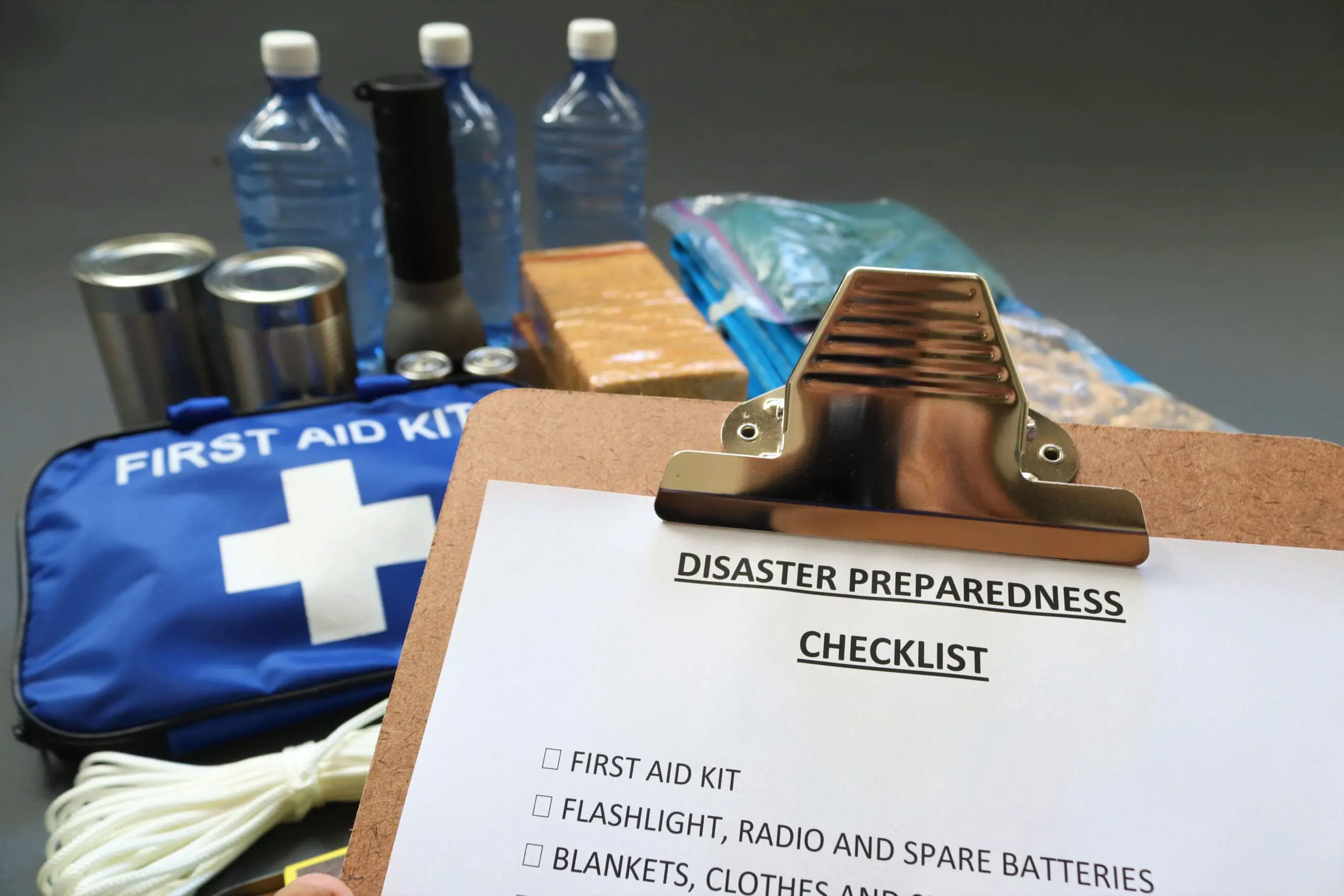
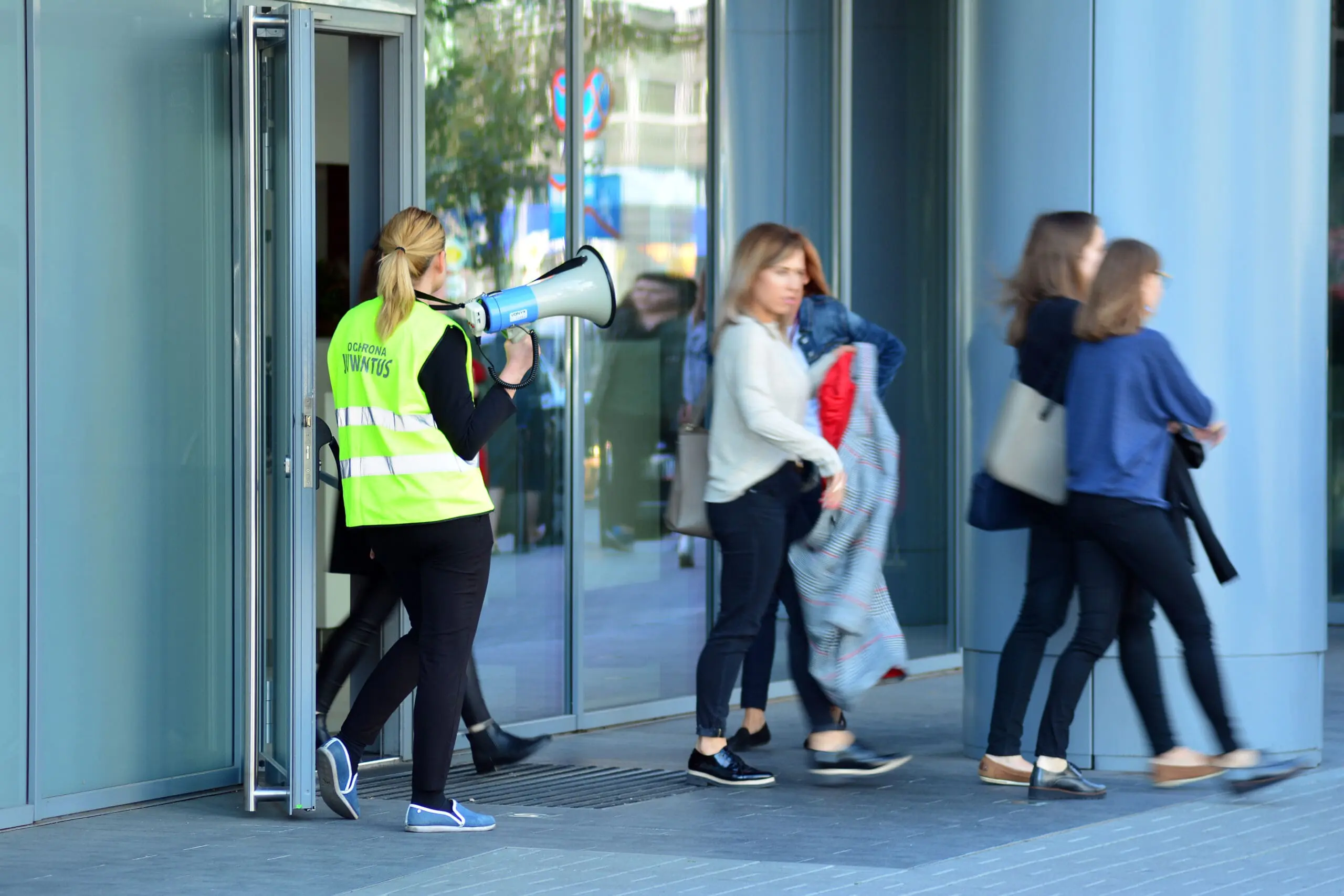
More Tips
- Learn How to Evacuate.
- Learn the different escape routes from your home and community. Practice these often so everyone in your family is familiar in case of emergency.
- Have an evacuation plan for pets and large animals such as horses and other livestock.
- Predetermine a designated emergency meeting location outside the fire or hazard area. This is critical to determine who has safely evacuated from the affected area.
- A family communication plan that designates an out-of-area friend or relative as a point of contact to act as a single source of communication among family members in case of separation. (It is easier to call or message one person and let them contact others than to try and call everyone when phone, cell, and internet networks can be overloaded or limited during a disaster.)
- Maintain a list of emergency contact numbers in your family communication plan and keep it posted near your phone and in your emergency supply kit.
- Download and print our evacuation checklist, which includes a condensed family emergency communication plan template. Follow the checklist whenever there is a wildfire burning nearby or when fire weather conditions are severe.
- Assemble an evacuation go-kit for each person in your household, including an extra go-kit for visitors. Keep an extra go kit in your car in case you cannot get to your home because of fire or another emergency.
- Have a portable AM/FM radio or scanner so you can stay updated on the fire.
- Tell your neighbors about these resources and your wildfire evacuation plan.
Evacuation Checklists
When fire weather is severe (i.e. a Red Flag Warning has been issued), a fire is burning nearby, or an evacuation is anticipated, follow this simplified wildfire survival checklist (if time allows) to give you and your home the best chance of surviving a wildfire.
Preparing Babies, Toddlers, and Older Children
Evacuation plans for families with young children should include helping toddlers understand how to quickly respond in case of fire, and how adults can escape with babies. Prepare ahead of time by practicing your family’s fire escape plan and what to do to be safe when there is a wildfire nearby.
It is important to talk to toddlers and small children at a level that they understand and that does not frighten them. Here are a few resources that offer guides and tips for families with young children about fire safety and preparing for emergencies:
- A Parent’s Guide to Fire Safety for Babies and Toddlers: The U.S. Fire Administration’s information site for parents and caregivers to help prevent fire death of young children.
- Let’s Get Ready! Planning Together for Emergencies: Sesame Street Workshop campaign with tips, activities, and other easy tools to help the whole family prepare for emergencies.
- Ready.gov Kids: FEMA’s site for older kids to prepare and plan for a disaster. Includes safety steps, tips, and games to help children learn what to do before, during, and after emergencies.
- Smokey Kids: U.S. Forest Service’s interactive Smokey Bear site with games, information, and resources on how to help prevent forest fires and to protect the forest.
In General
- Monitor local news and radio stations for fire information.
- Local radio: In Marin, AM 740 (KCBS), AM 810, and FM 88.5 are good options. In West Marin, KWMR FM 90.5 Point Reyes & FM 89.9 Bolinas are excellent local options.
- Local TV: KPIX, KRON, KTVU
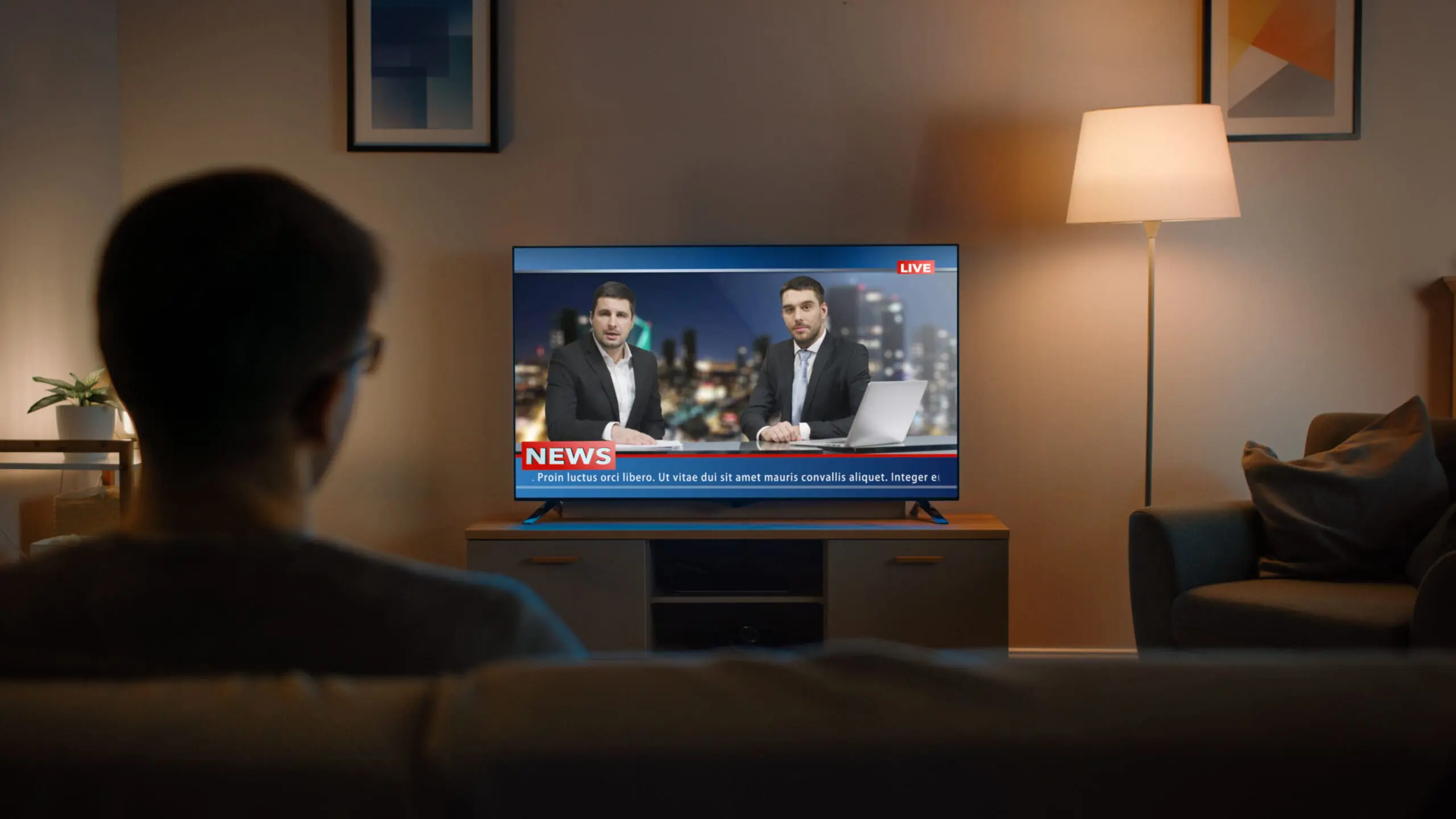
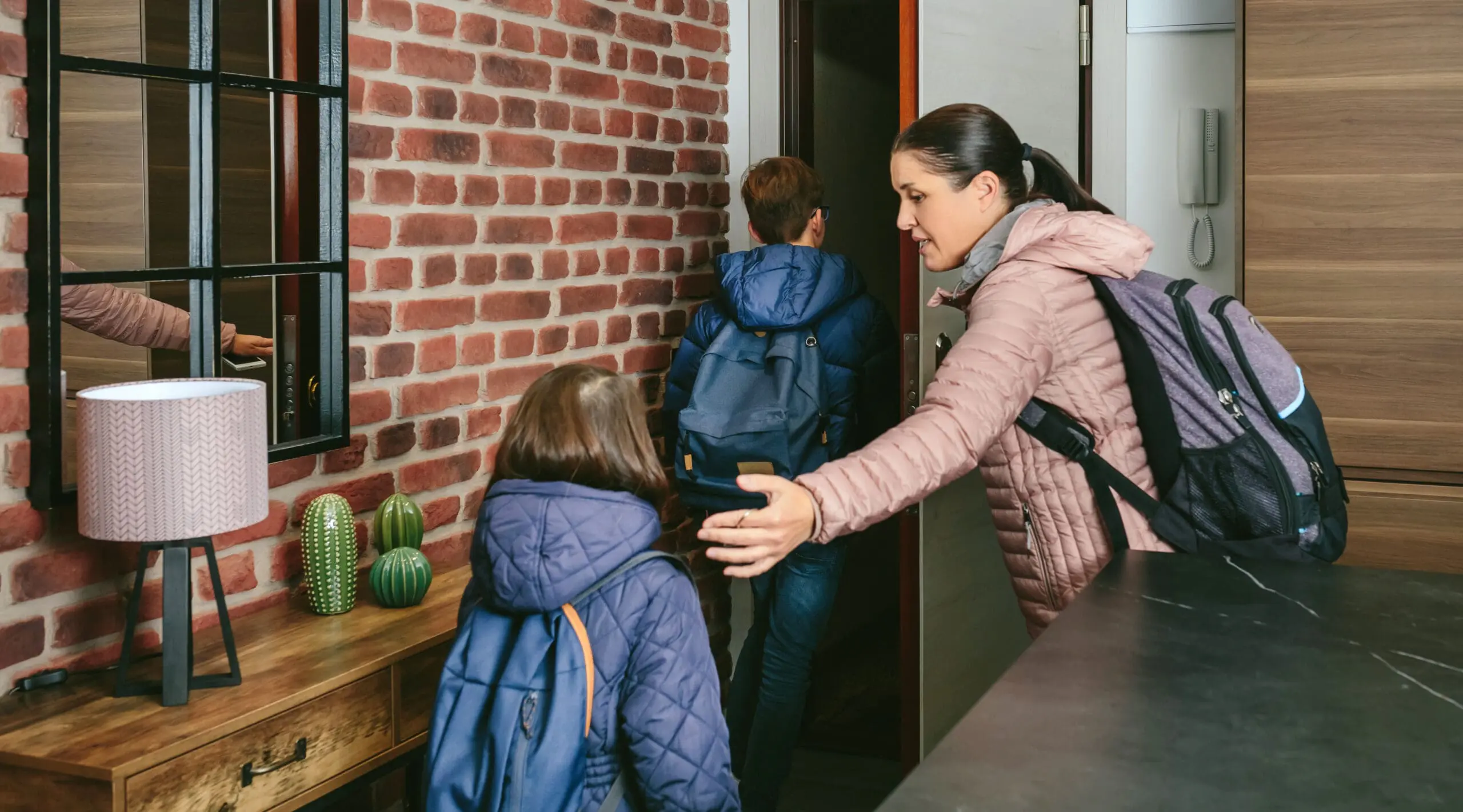
Communications
- Ensure your cell phone is fully charged.
- Notify an out-of-area contact of your phone number, location, and status. Update regularly.
- Leave a note with your contact info and out-of-area contact taped to the refrigerator or inside a front window.
- Check on or call neighbors to alert them to prepare
On Your Person
- Dress all family members in long sleeves and long pants; heavy cotton or wool is best, no matter how hot it is.
- Wear full-coverage goggles, leather gloves, head protection.
- Cover faces with a dry cotton or wool bandanna or scarf over an N95 respirator.
- Carry a headlamp and flashlight (even during the day).
- Carry car keys, wallet, ID, cell phone, and spare battery.
- Drink plenty of water, and stay hydrated.
- Put your evacuation go-kit in your vehicle.

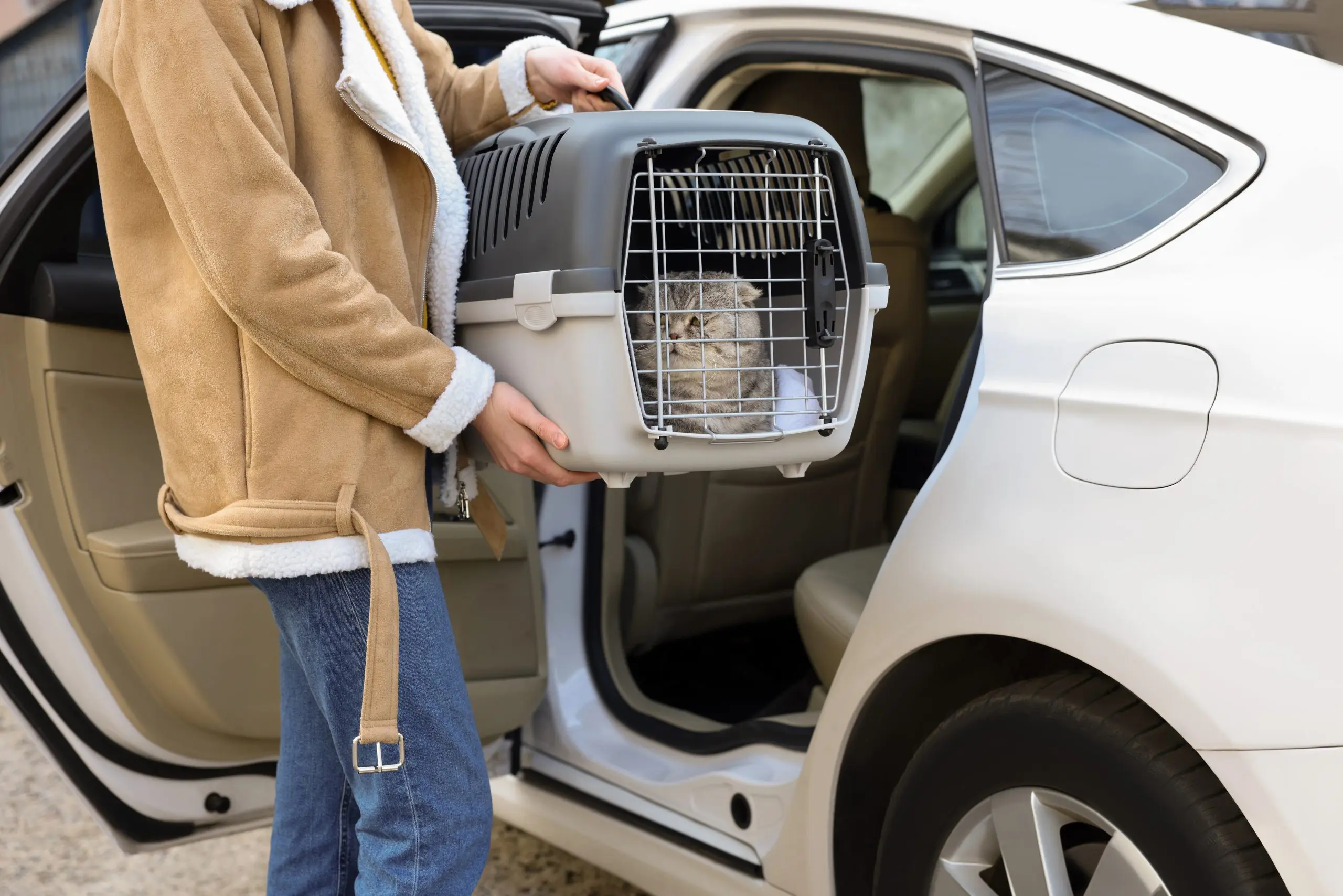
Pets & Animals
- Locate your pets and place them in carriers NOW. You won’t be able to catch them when the fire approaches.
- Be sure your pets wear tags and are registered with microchips.
- Place carriers (with your pets in them) near the front door with fresh water and extra food.
- Prepare horses and large animals for transport and consider moving them to a safe location early, before evacuation is ordered.
- Learn more about evacuating pets and large animals.
Inside the House Before Leaving
- Shut all windows and doors (interior, too) and leave them unlocked.
- Remove combustible window shades and lightweight curtains; close metal shutters.
- Move furniture to the center of the room, away from windows.
- Leave indoor and outdoor lights on for firefighters.
- Shut off HVAC and ceiling fans.
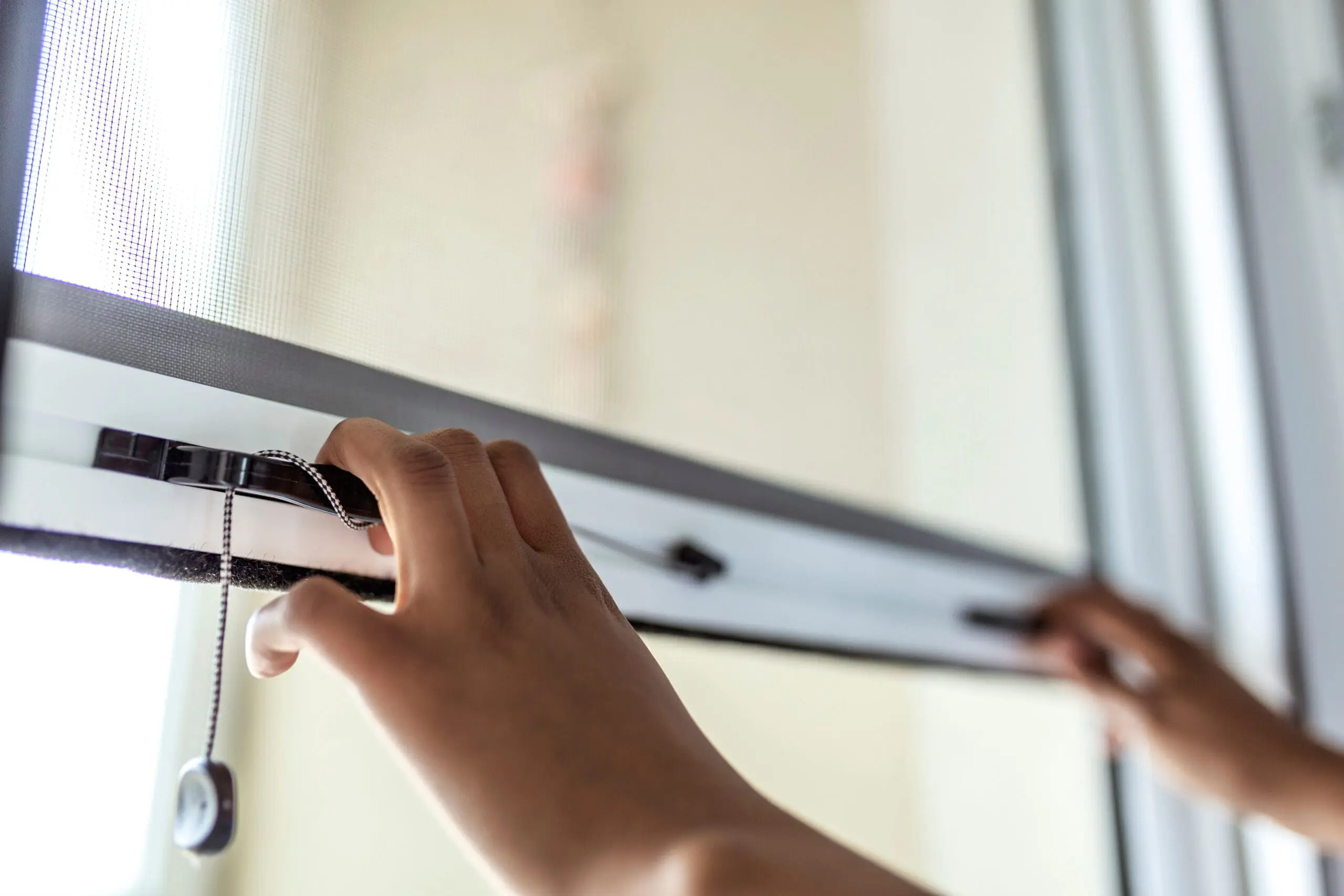
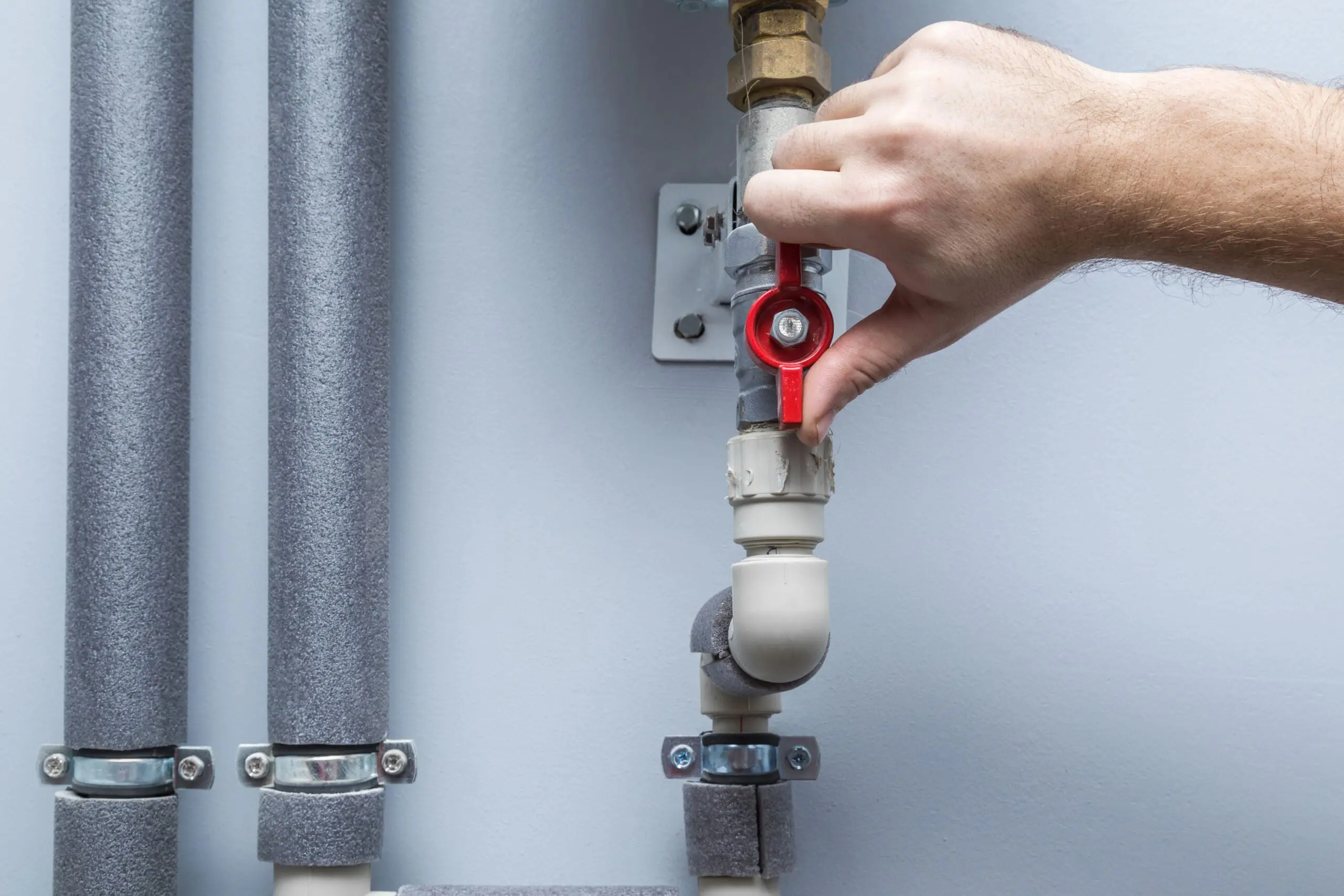
Outside & In the Neighborhood
- Place combustible outdoor items (patio furniture, toys, doormats, trash cans, etc.) in the garage or move 30 feet from structures (optional: place in a pool).
- Shut off gas at the meter or propane tank; move small tanks at least 15 feet away from combustibles.
- Connect garden hoses to outside water valves or spigots for use by firefighters. Attach squeeze-grip nozzles if you have them.
- Fill water buckets and place them around the outside of the house, especially near decks and fences.
- Don’t leave sprinklers on or water running – they are ineffective and can reduce critical water pressure needed by firefighters.
- Hosing your roof down is dangerous and ineffective. Clean your gutters and blow leaves away from the house instead (only if time allows).
- Back your car into the driveway, loaded, with doors and windows closed.
- Unlock and prop open fence and side gates.
- Place ladder(s) at the corner(s) of structures for firefighters.
- Seal attic and ground vents with pre-cut plywood or metal covers (even duct tape will protect from ember entry) if time allows.
- Patrol your property and monitor conditions. Leave if spot fires ignite or conditions change.
When You Leave
- Leave immediately if ordered.
- Don’t wait for an evacuation order if you feel unsafe or conditions change; leave early if unsure.
- Assist elderly or disabled neighbors.
- Carpool to reduce traffic.
- Take only essential vehicles with adequate fuel.
- In your car, turn on headlights, close windows, turn on inside air and AC, tune to local radio.
- Drive slowly and defensively; be observant.
- The best evacuation route is usually the one you know best. Take the fastest paved route to a valley floor, away from the fire if possible. Avoid fire roads.
- Evacuate on foot only as a last resort.
- You are better protected inside a vehicle or building.
- If roads are impassable or you are trapped do the following: take shelter inside a car, building, or an open area; park in an outside turn if trapped on a hillside; stay far from vegetation; look for wide roads, parking lots, playing fields, etc.
